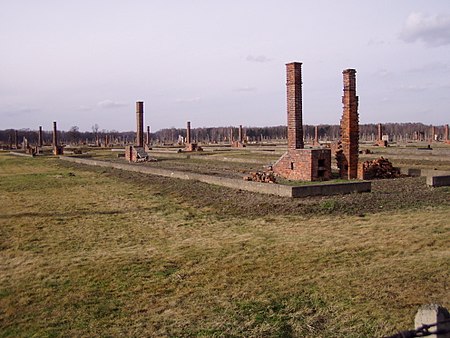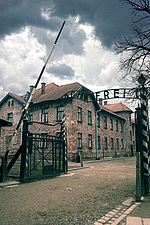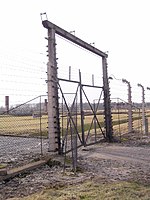Theresienstadt family camp

The Theresienstadt family camp (Czech: Terezínský rodinný tábor, German: Theresienstädter Familienlager), also known as the Czech family camp, consisted of a group of Jewish inmates from the Theresienstadt ghetto in Czechoslovakia, who were held in the BIIb section of the Auschwitz II-Birkenau concentration camp from 8 September 1943 to 12 July 1944. The Germans created the camp to mislead the outside world about the Final Solution. Deported from the ghetto in seven transports in September and December 1943, and May 1944, the prisoners were not subjected to selection on arrival, an unusual situation in Auschwitz, and were granted a number of "privileges", including the creation of a children's block that provided the only attempt at organized education at Auschwitz. The living conditions nevertheless remained poor and the mortality rate was high. Most of the inhabitants who did not die of starvation or disease were murdered during the camp liquidations on 8–9 March and 10–12 July 1944. The first liquidation was the largest massacre of Czechoslovak citizens in history. Of the 17,517 Jews deported to the family camp, only 1,294 survived the war.
Excerpt from the Wikipedia article Theresienstadt family camp (License: CC BY-SA 3.0, Authors, Images).Theresienstadt family camp
II Rampa wyładowcza, gmina Oświęcim
Geographical coordinates (GPS) Address Nearby Places Show on map
Geographical coordinates (GPS)
| Latitude | Longitude |
|---|---|
| N 50.035833333333 ° | E 19.178333333333 ° |
Address
II Rampa wyładowcza
32-600 gmina Oświęcim
Lesser Poland Voivodeship, Poland
Open on Google Maps











